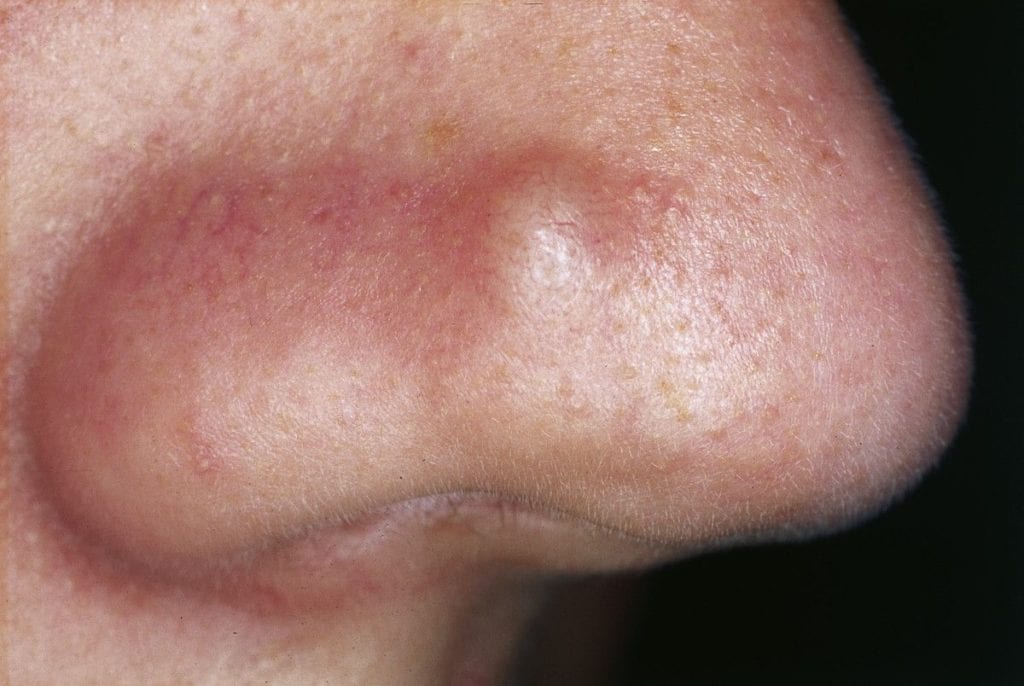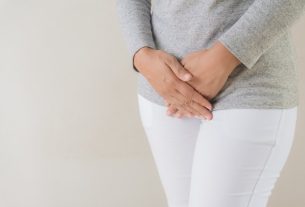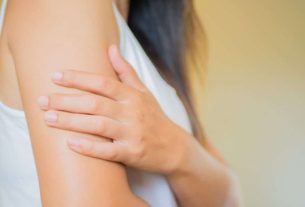Although less common, internal pimples can be highly unpleasant and painful. We’ve gathered all the information like what to do if it appears.
Internal pimples are one of the most unpleasant skin problems out there. Only those who have had it know how uncomfortable and painful it can be. In contrast to an external pimple, it is much more difficult to deal with.
It is a type of acne that forms when sebum and bacteria become trapped inside the skin’s pores, blocked by dead cells and impurities.. They can cause pain, redness and swelling, and are more common in people with oily or hormonally unbalanced skin.
Some characteristics of the internal spine are:
- Pain and sensitivity to touch in the affected area.
- Redness and swelling on the surface of the skin.
- Absence of visible white or black tip.
- It takes longer to heal than a regular pimple.
When faced with an internal pimple, many people don’t know what to do. Can you squeeze? Can it pierce? To clarify these doubts, we will talk more about the topic below:
What is an internal pimple?
These are pimples that occur in the deepest layer of the skin, when there is an inflammatory process inside the follicle that is obstructed, preventing the secretion from coming to the surface.
The internal pimple, in fact, can cause blemishes on the skin. Basically, it damages the membrane that separates the first and second layers of skin. The membrane contains melanin cells, those that give the pigmentation called post-inflammatory hyperchromia in acne.
To remove these spots on the skin, there are several options, such as whitening creams, exfoliation, use of sunscreen or aesthetic procedures, such as physical and chemical peeling, lasers and microneedling.
See too: Pimple marks on the skin: tricks and ways to eliminate them
What are the causes of internal pimple?
Some of the most common causes are:
- Hormonal changes: during adolescence, the menstrual cycle or pregnancy, hormone levels tend to increase, stimulating the sebaceous glands to produce more sebum, clogging the pores and increasing the growth of bacteria;
- Inadequate hygiene: inefficient cleaning or using unsuitable products for the skin can lead to the accumulation of impurities, oil and dead cells in the pores, creating an environment conducive to internal pimples;
- Food: foods rich in sugar, fat or dairy products can increase sebum production or influence skin inflammation.
- Stress: can affect the immune and hormonal system. The change in cortisol levels in the body acts directly on the sebaceous glands, increasing the production of sebum that clogs the pores.
How to treat internal pimple?
- To treat internal pimples, it is important to maintain good skin hygiene by washing your face twice a day with a mild soap and warm water.
- Avoid squeezing or picking at pimples, as this can make the situation worse and cause infections. Dr. Tatiane explains: “In addition to no secretion coming out, the pimple will become more inflamed and scars may even form.”
- Apply cold or hot compresses to pimples to relieve pain and reduce swelling.
- You can also use topical products that contain salicylic acid, benzoyl peroxide, or sulfur, which help dry out pimples and unclog pores.
See too: Banana scrub, how to make it? Main benefits for skin
How to avoid?
Internal pimples can be prevented with some simple habits:
- Firstly, keep your skin clean and hydrated,
- Avoid using comedogenic cosmetics (which clog pores),
- Control stress and anxiety,
- Have a balanced diet, avoiding fatty or sugary foods that can stimulate sebum production.
- Furthermore, it is important to deep clean your skin periodically to remove impurities and blackheads that can turn into internal pimples.
When to go to the doctor?
In more serious cases, therefore, it becomes necessary to consult a dermatologist to receive appropriate treatment, which may include antibiotics, anti-inflammatories or cortisone injections.
Did you like this article? Then you’ll also like this: Pimples: 10 main causes of the problem and how to treat them
Source: Derma Club, Mulher, Loreal, Sallve

Sign up for our newsletter and stay up to date with exclusive news
that can transform your routine!
Warning: Undefined array key "title" in /home/storelat/public_html/wp-content/plugins/link-whisper-premium/templates/frontend/related-posts.php on line 12
Warning: Undefined array key "title_tag" in /home/storelat/public_html/wp-content/plugins/link-whisper-premium/templates/frontend/related-posts.php on line 13




